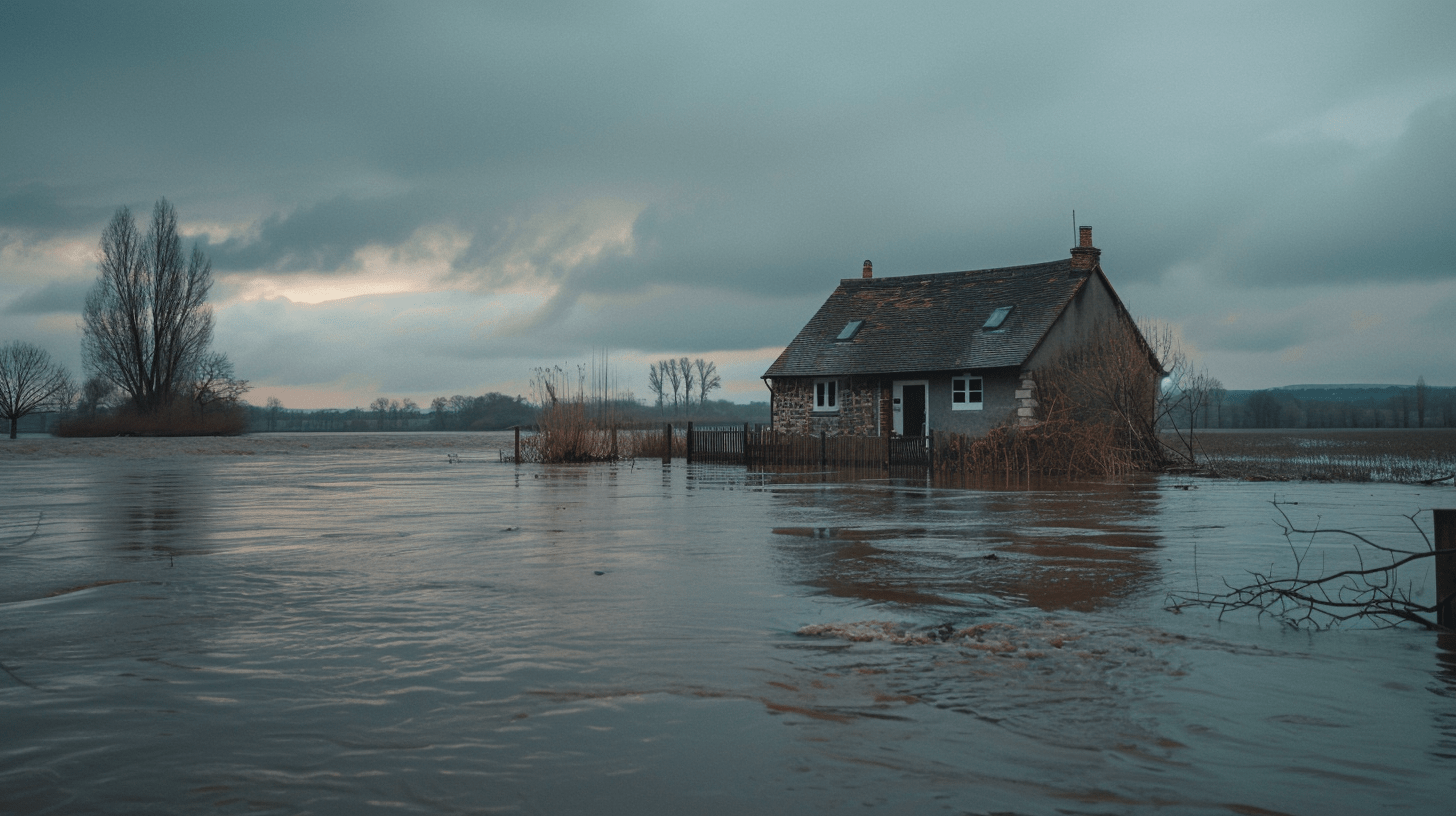Floods
Flooding is worsening with climate change and urban growth. Learn what causes floods, their impacts, and how to build resilience.

Structural Measures
Structural measures involve constructing physical infrastructure to manage and control the flow of water, aiming to prevent or reduce flood damage.
Dams and Reservoirs
Dams and reservoirs are built to store excess water during heavy rainfall, releasing it gradually to prevent downstream flooding. By regulating river flow, they protect communities and agricultural lands from sudden inundations.
Levees and Floodwalls
Levees and floodwalls are both flood control structures designed to prevent or reduce the impact of flooding by containing or redirecting floodwaters.
Levees are embankments or raised barriers typically made from earth, sand, or gravel. They are constructed along rivers, lakes, or coastal areas to prevent water from spilling over into nearby areas during high water events. As a result, levees are usually sloped and designed to contain water within a river or water body.
Floodwalls, on the other hand, are vertical barriers, usually made from concrete, steel, or other durable materials. They serve the same purpose as levees but are designed to be vertical and more compact, taking up less horizontal space. Unlike levees, floodwalls block floodwaters, directing them away from vulnerable areas. They act as a barrier against water rather than dispersing it like levees.
These barriers prevent water from spilling into adjacent areas, safeguarding urban and rural regions prone to flooding.
- New Orleans, USA: After Hurricane Katrina in 2005, the city enhanced its flood defense system by constructing the Inner Harbor Navigation Canal (IHNC) Lake Borgne Surge Barrier. This 1.8-mile-long barrier is designed to protect against storm surges from the Gulf of Mexico and Lake Borgne.
Storm Water Drainage Systems
Urban areas implement storm water drainage systems to channel rainwater away from streets and buildings. These systems include underground pipes, culverts, and channels designed to handle large volumes of water, reducing the risk of urban flooding.
- Tokyo, Japan: The Metropolitan Area Outer Underground Discharge Channel, also known as the G-Cans Project, is an extensive underground flood water diversion facility. It comprises massive tunnels and storage tanks that redirect excess stormwater away from the city, mitigating flood risks during heavy rainfall.